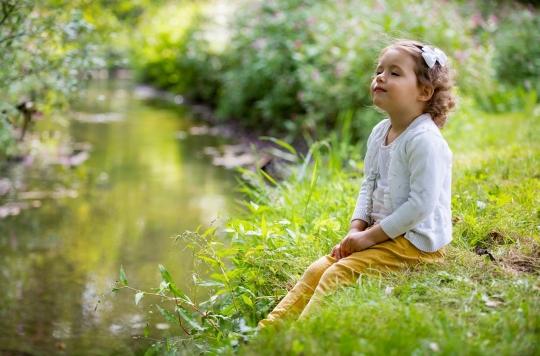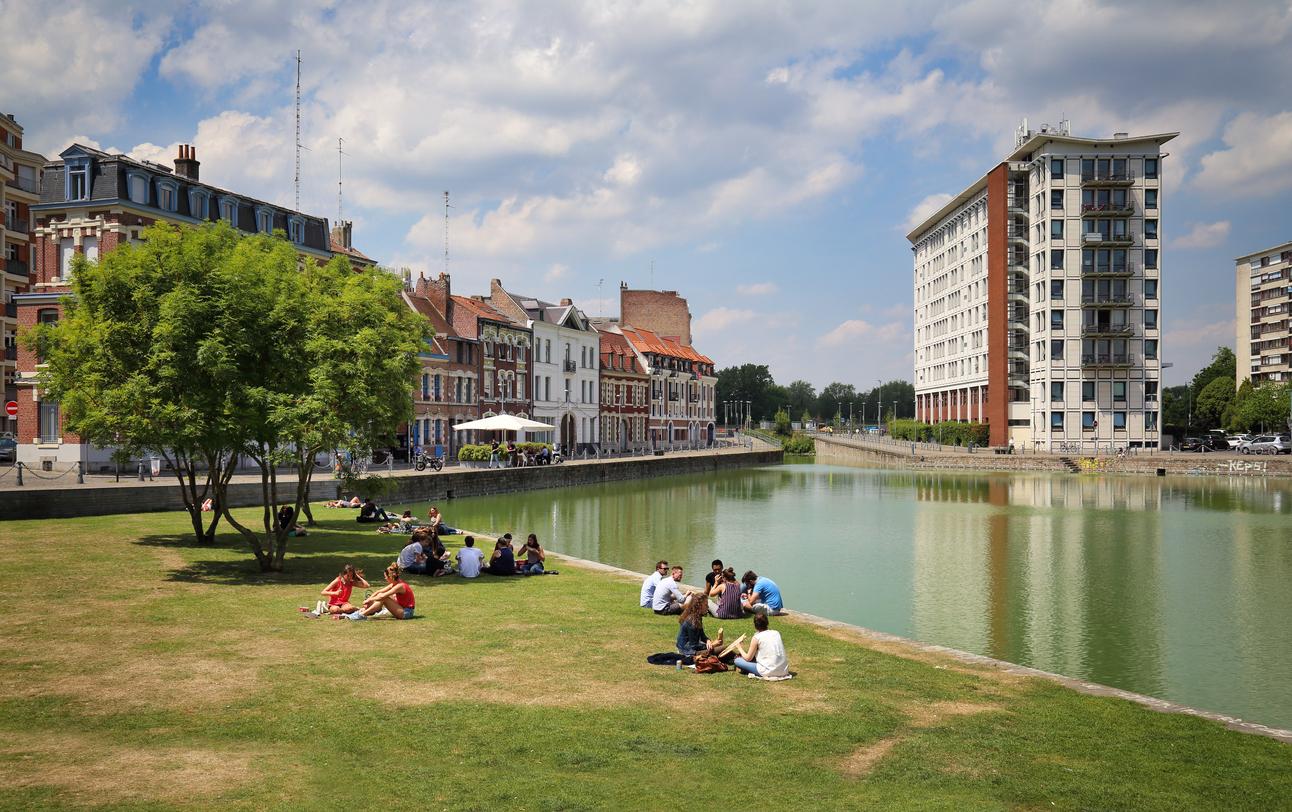A Danish study reveals that children who grow up close to nature run up to 55% less risk of developing various mental disorders when they become adults.

It’s a fact: these days, kids are spending more and more time indoors, staring at a tablet or TV screen. The result is a sharp increase in overweight and attention disorders.
What if, to make children future adults who feel good about themselves and their minds, it was enough to reconnect them to nature? Numerous scientific studies have already shown that green spaces contribute to the intellectual and emotional development of children, that contact with nature improves self-esteem, reduces stress and increases creativity.
A new study conducted by the University of Aarhus, Denmark and published in the American journal PNAS goes even further. According to its authors, children growing up in a green environment run up to 55% less risk of developing mental disorders when they are adults.
Reconnect with nature
To conduct their research, the study authors used satellite data from 1985 to 2013 to identify green spaces near the childhood homes of more than 900,000 Danes. They then correlated this data with this population’s risk of developing a different mental health disorder throughout adult life. Other risk factors for mental illnesses such as socioeconomic status, family history and migration from rural to urban areas were considered.
“Our data is unique. We had the opportunity to use a large amount of data from Danish registers, including residential location and disease diagnoses, and compare it with satellite images revealing the extent of green spaces that surround each individual as they grow up,” says Kristine Engemann, lead author of the study and a postdoctoral fellow in the Department of Biosciences at Aarhus University.
Researchers know that, for example, noise, air pollution, infections and poor socioeconomic conditions increase the risk of developing a mental disorder. Conversely, other studies have shown that more green space in the local area creates greater social cohesion and increases physical activity levels and cognitive development. The researchers therefore took into account all these factors, which can have an impact on the mental health of both adults and children.
“With all of our data, we show that the risk of developing a mental disorder gradually decreases as one remains surrounded by green spaces from birth to age 10. Green spaces throughout of childhood are therefore extremely important”, continues Kristine Engemann.
Greener cities for better mental health
For the authors of the study, these results are a strong indication of a close relationship between the presence of green spaces, urban life and the development of mental disorders. “There is growing evidence that the natural environment plays a greater role in mental health than previously thought. Our study is important for us to better understand its importance in the general population” , says the researcher.
For Kristine Engemann, these results should encourage politicians to rethink urban planning in order to leave more room for green spaces. This is all the more essential since a very large majority of the world’s population now lives in cities, she explains. “The link between mental health and access to green spaces should be further considered in urban planning to ensure greener and healthier cities and improve the mental health of urban residents in the future,” adds the Professor Jens-Christian Svenning, co-author of the study and researcher at the Department of Biosciences at Aarhus University.

.















